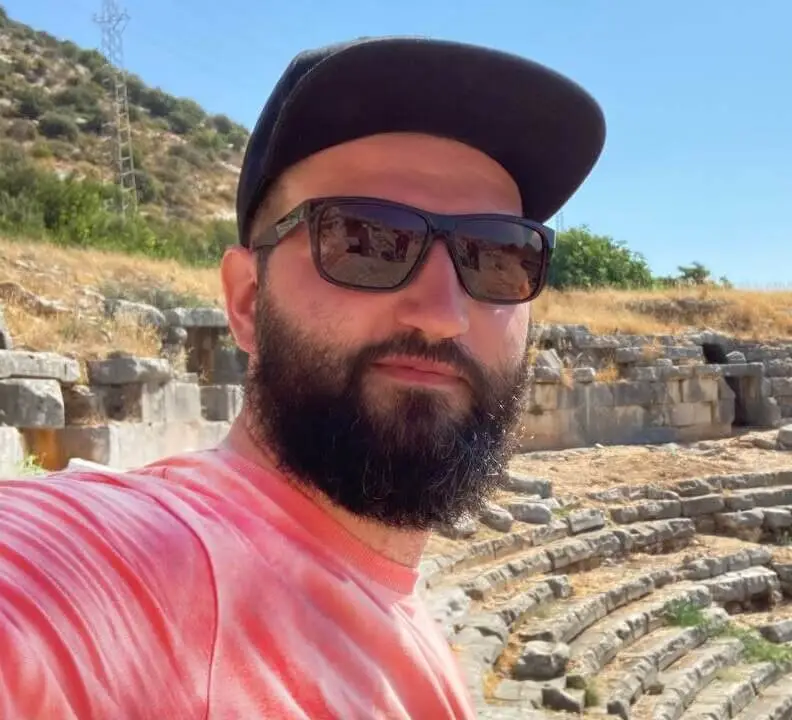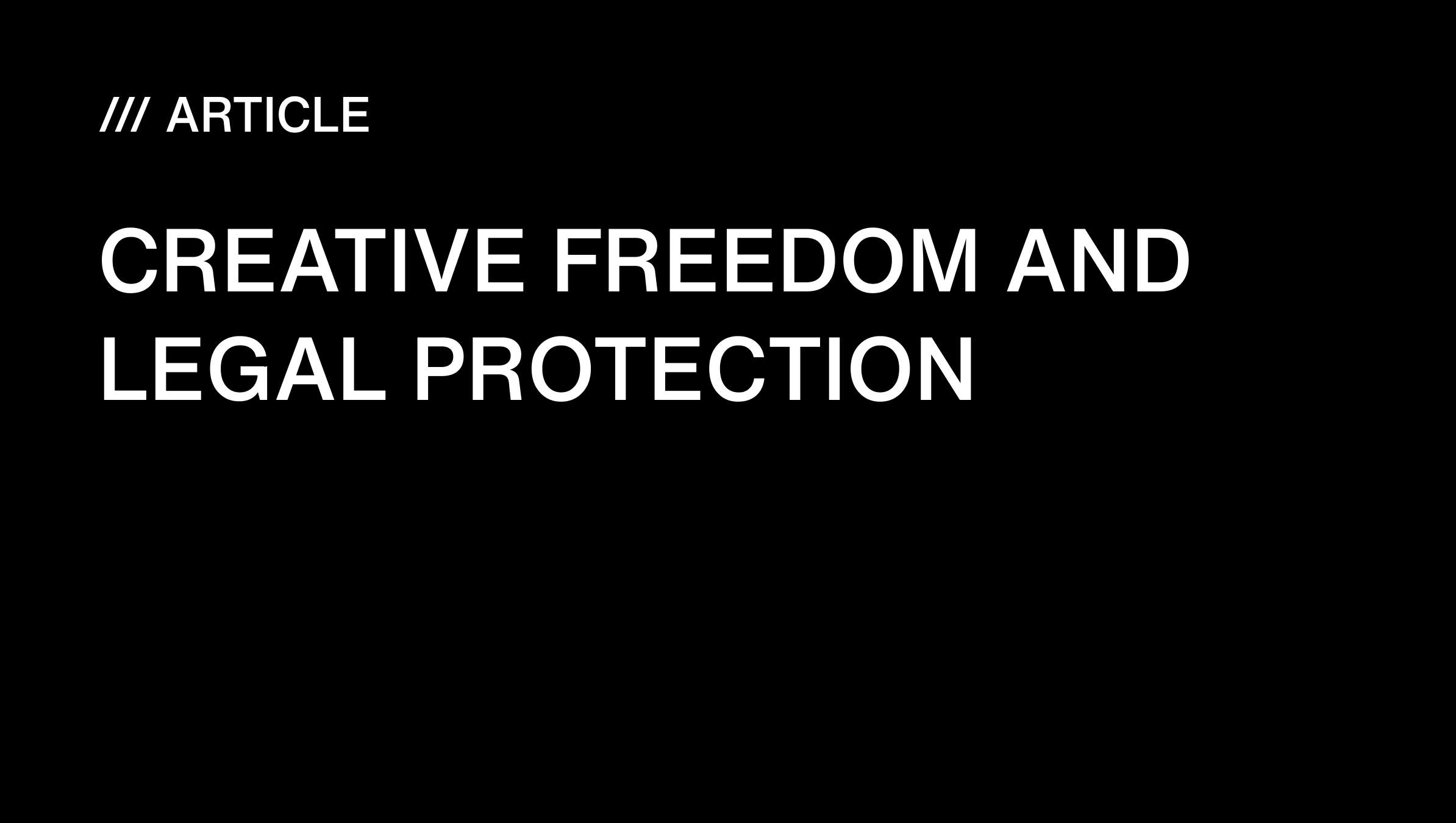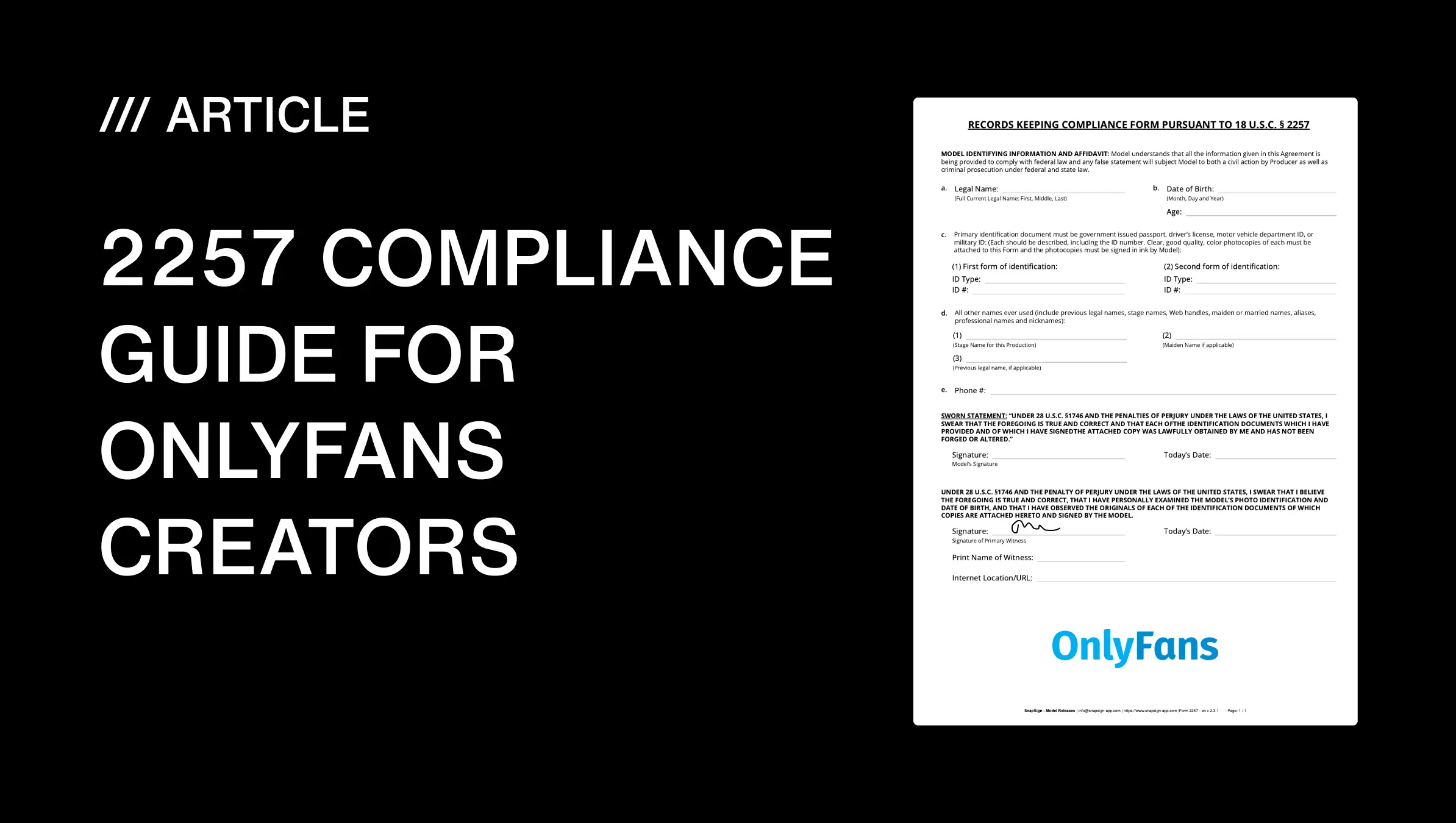Introduction to Model Releases and International Photography Laws
If you’ve spent real time behind a camera - whether grinding out gigs as a full-time shooter or wrangling your first indie film crew - you’ve run into the term “model release.” On paper, it’s just a form; in the field, it’s your all-access pass to using those shots without ending up in legal purgatory.
And here’s the kicker - once you cross a border, that “simple” document can play by a totally different set of rules. It’s like going from shooting in a controlled studio to hustling on a chaotic street scene - you know your gear, but the environment changes everything.
Understanding Model Releases and Consent Forms in Photography
What is a Model Release Form?
Think of it as your green light from the person in front of your lens. It’s a signed consent form that says, “Yep, you can use my face or likeness for these specific things.” Could be an ad campaign, a magazine spread, or a feature in a streaming doc.
My first release? A crumpled, coffee-stained printout I handed to a street musician in Rome. He signed without reading, winked, and said, “If I get famous, you buy me an espresso.” Still one of my favorite shoots.
Why Are Model Releases Important for Portrait Rights?
Without that signature, you’re shooting blind. A release is your legal safety harness - skip it, and your work might never see daylight. I once watched a brand scrap an entire Singapore campaign because no one bothered to get sign-offs. Weeks of prep, gear rentals, travel - all gone with a shrug from the legal team.
The Legal Side of Model Releases in Commercial and Editorial Photography
Common Clauses in Property and Model Release Forms
Most read like a lawyer’s checklist - usage rights, timeframes, compensation terms, liability waivers. It’s not sexy, but it’s the fine print that decides whether your image ends up on a billboard or stays buried in your Lightroom catalog.
How Model Release Laws Differ Across Countries
In the U.S., releases are mostly insurance against civil lawsuits. In Europe, GDPR rules turn every photo into personal data with its own chain of permissions. In parts of Asia and the Middle East, the document is as much about relationship-building as legality.
I’ve had Moroccan café owners sign without glancing at the form, simply because they trusted me after a long conversation over mint tea.
Cultural Influences on Model Release and Consent Practices
Privacy Expectations in Different Regions
Some countries are fine with candid street portraits; others treat it as a personal intrusion. In France, I’ve had to ditch half my street work because model release in France rules can shut you down faster than a dead battery.
Attitudes Toward Photography and Filmmaking
Culture shapes the vibe. In modest communities, you tread carefully. In Brazil during Carnival, folks almost jostle for a spot in your frame. A mango vendor once posed with his produce purely for the thrill of being “immortalized on film” - his words, not mine.
Model Releases in North America: US and Canada Photography Laws
United States – Portrait Rights and Commercial Photography
Legal Requirements
No federal rulebook demands it, but use someone’s likeness commercially without a release and you’re asking for trouble. Editorial and news work? Usually exempt.
Industry Norms
Stock agencies are ruthless - they won’t even preview your submission without a proper release. I switched to a release app years ago; beats chasing paper around in windy backlots.
Canada – Consent Form Rules and Indigenous Photography
Differences from U.S. Law
Provincial laws vary. Quebec’s personality rights are so tight, even a polite street shot can be off-limits without a form.
Indigenous and Cultural Considerations
With Indigenous communities, you sometimes need the blessing of community leaders, not just the individual. Once, a village elder signed for everyone after we shared tea in his home.
Model Releases in Europe: GDPR and Photography Law
United Kingdom
Technically, you can get by without a release, but good luck convincing a cautious client. One London café ad I shot got pulled because a background customer hadn’t signed. Lesson learned - blur or get the form.
European Union and GDPR Impact
Under GDPR, you need explicit, informed consent. In Spain, I’ve had tapas turn into a mini-legal seminar just to explain the release before getting a signature.
Model Release Laws in Asia: Japan, India, and China
Japan – Privacy Rights in Photography
Street photography’s fine, but turning that into a store display without consent? Risky. A shopkeeper once bowed politely before firmly declining my form - his way of saying “hard pass.”
India – Cultural Norms in Portrait and Commercial Photography
Looser on the legal side, tighter on cultural norms. In Rajasthan, I learned that even casual shots of women in certain communities can be sensitive.
China – Urban Photography and Corporate Requirements
Urban shoots are getting stricter. My Shanghai project took longer to get releases signed than to actually shoot the content.
Model Release in Dubai and African Photography Markets
Understanding Culture in the Middle East
In Dubai, photographing women in public can require rescheduling, renegotiating, and occasionally, entirely abandoning the shot
Religious Considerations in African Photography
In rural Ethiopia, I was told flat-out to avoid photographing a religious ceremony - release or no release.
Digital vs. Paper Model Releases: Which Works Internationally
Electronic Signatures for Commercial and Editorial Photography
With tools like SnapSign, I can lock in a signature on location, mid-shoot. In Nairobi, a street performer signed my phone screen while still juggling.
Where Physical Signatures Are Still Required
While most Western countries embrace them, some locations - such as Vietnam - continue to prefer authentic ink-and-paper versions.
Comparative Table of Model Release Laws by Country
Comparative Table of Model Release Laws by Country
| Country | Requires Release for Commercial Use | Editorial Use Allowed Without Release | Special Cultural or Legal Notes |
|---|---|---|---|
| USA | Yes | Usually yes | State laws vary |
| Canada | Yes | Usually yes | Quebec stricter |
| France | Yes | Rarely | Strong privacy laws |
| UK | No (but advised) | Yes | Client preference |
| Spain | Yes (GDPR) | Limited | Informed consent required |
| Japan | Yes | Sometimes | Strong privacy culture |
| India | No (legally) | Yes | Cultural sensitivities |
| China | Yes | Limited | Urban areas stricter |
| UAE (Dubai) | Yes | Limited | Gender and cultural restrictions |
| Ethiopia | Varies | Varies | Religious restrictions |
Tips for Photographers Working Internationally
- • Research portrait rights and property release rules in your destination before shooting.
- • Respect cultural norms - sometimes your best lens is the one you listen through.





